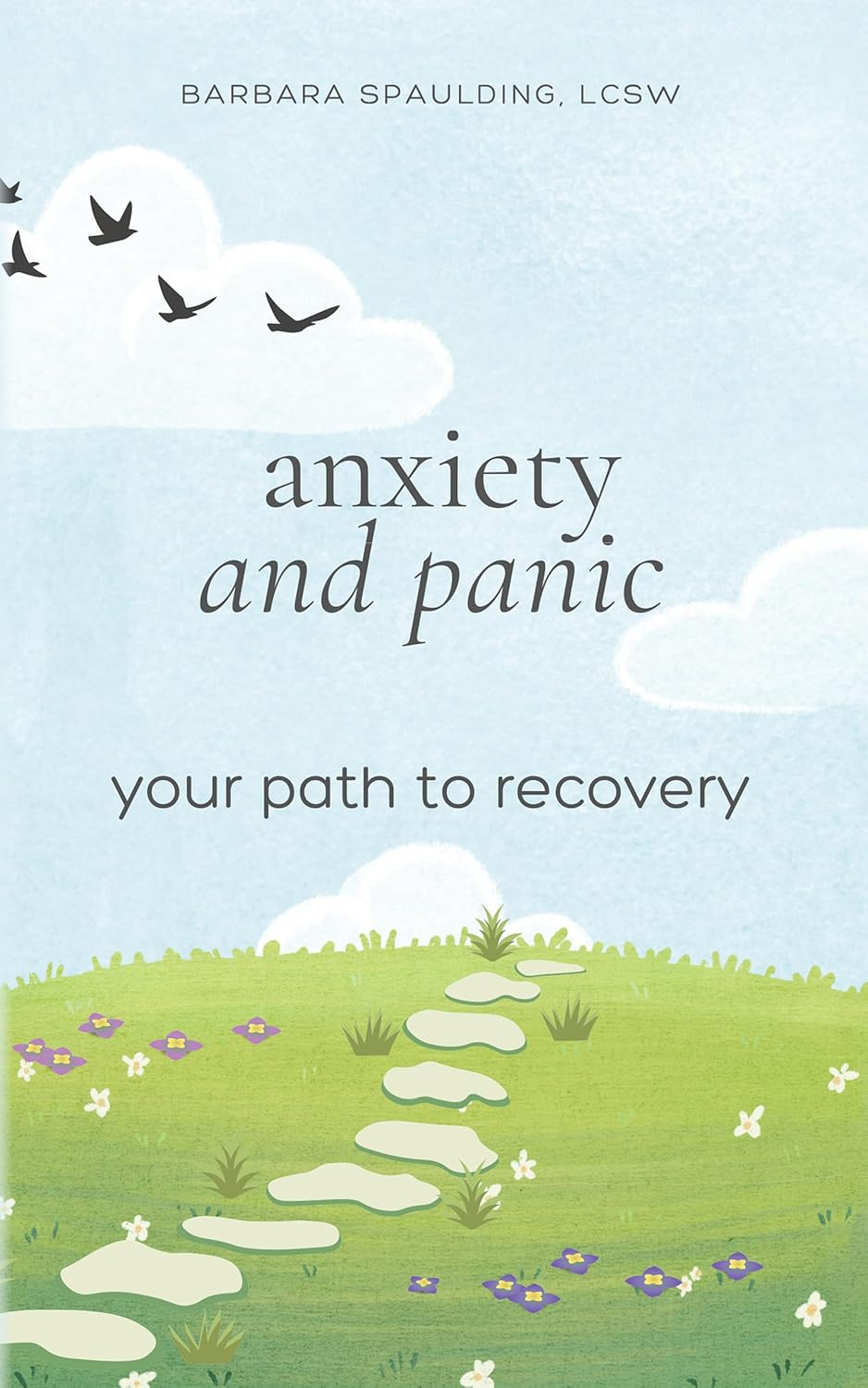Review of Anxiety and Panic: Your Path to Recovery
As an avid reader and someone who values personal development, I was drawn to Anxiety and Panic by Barbara Spaulding because I’ve always been interested in self-help and mental health topics. The premise intrigued me: it serves not just as a self-help book but as a “roadmap to reclaiming your life.” With so many readers grappling with anxiety and panic, I felt it was the perfect time to dive in and see what insights it had to offer.
From the outset, Spaulding’s authenticity shines through. Having battled with debilitating anxiety for 15 years, her personal journey lends a weighty credibility to the practical exercises she shares. This is not just another collection of common advice; it feels deeply rooted in real-life experience. As I turned the pages, I found myself appreciating her compassionate guidance, as she emphasizes: “It’s not your fault.” This simple acknowledgment was both freeing and validating, especially in a world that often places the blame on the individual.
One of the book’s standout features is the wealth of actionable strategies. Each chapter is well-structured and offers techniques that readers can implement immediately. For example, various breathing exercises and mindfulness practices are clearly explained, allowing readers to cultivate calmness in a manageable way. This practical approach aligns well with the reviewer’s observations that the book goes beyond mere symptom management, providing a holistic view of recovery.
Additionally, the exercises are not pie-in-the-sky ideas; they are achievable steps that truly invite readers to engage in their healing. Many reviews highlighted the effectiveness of these tools—one reader noted how the exercises helped re-center them during moments of panic, which mirrors my own experience while reading. I found myself pausing to try some of the techniques, and I can confidently say they work.
However, there are a couple of criticisms I’ve seen from others. Some readers felt that the book could benefit from more in-depth exploration of certain topics. While I appreciate the straightforward nature of the content, I can see how deeper dives into specific strategies might provide even greater insight for those unfamiliar with mental health practices. Additionally, while the narrative is personal, a few readers mentioned wanting more diverse perspectives, especially around cultural influences on anxiety. These points are valid and worth considering for future iterations of the book.
Despite these minor drawbacks, the overall tone is hopeful and encouraging. I couldn’t agree more with the sentiments expressed by V.E., who described the book as a lifeline. Each chapter unfolds like a new layer of understanding, gently guiding readers towards empowerment and resilience. It successfully communicates that freedom from anxiety is not just a distant dream, but a tangible possibility.
The message resonates deeply: “Anxiety has taken enough from you; it’s time to take your life back.” This call to action stood out and motivated me. It instilled in me a resolve to not let fear dictate my life choices. I’d echo the sentiments of Deirdre Dubois, who mentioned that the book provides both hope and realistic pathways to change.
In conclusion, Anxiety and Panic: Your Path to Recovery is a beacon of light for those grappling with anxiety and panic. Spaulding’s compassionate narrative, coupled with practical strategies, makes for an invaluable resource. While there are areas where readers may wish for more depth, the authenticity and real-world solutions provided far outweigh these concerns.
I wholeheartedly recommend this book to anyone seeking to understand and combat anxiety. Whether you’re just starting your journey or looking for new approaches to recovery, Barbara Spaulding offers tools that can help you navigate your path to peace and freedom. Don’t wait another day; your journey starts here.
Discover a pathway to peace with Anxiety and Panic: Your Path to Recovery.
>>








